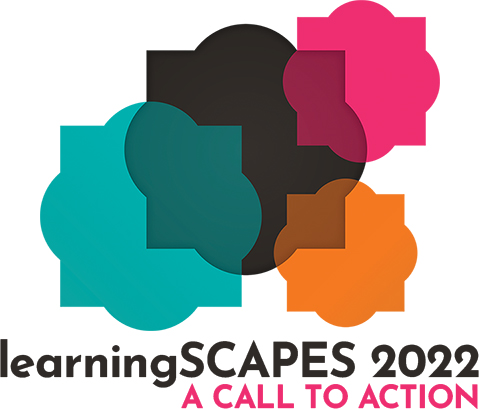 | 1 LU / HSW |
 | 1 LU / HSW |
Two back-to-back devastating hurricanes = opportunity and vision. A master planning process, by DLR Group architects, encompassing the assessment of approximately 2.7 million SF of educational space in 32 facilities focused on teaching + learning across USVI: St. Croix, St. John, and St. Thomas was launched. An aspirational vision for future- facing education, an equitable approach to new builds, modernizations, and a return-on-investment approach to maximize FEMA dollars funded through the Bipartisan Budget Act’s guidelines for “industry standards” was crafted through a robust engagement process. COVID-19 shuttered schools again – opening was virtual at best. Returning to the old normal was declared not an option by the islands’ educational leadership. A new vision had been generated through the master planning process centered on the science behind healthy learning spaces served to build the evidence for supporting every learner’s growth. Students at the Wheatly 9th Grade Center would come back to a changed, resilient, and intentionally designed / purpose-built solution that will serve as a catalyst to advance the islands’ collective, future-forward vision; one aimed at advancing the entire learning experience for all students – mind, body, and spirit. Join this conversation and hear how a multi-disciplinary team came together to develop, implement a holistic response to the VIDE’s vision for active, agile/engaging learning experiences and the places that will facilitate them across a continuum of learning – pre-K to high school. Learn why active pedagogical strategies within purpose-built learning environments were key-priorities for the U.S. Virgin Islands rebuild, and reimagined places. Then, hear the results from a team of researchers who measured the vision’s results with a robust, quasi-experimental research design in both pre- and post-conditions. Insights and research data will be shared in a panel discussion, along with a questions and answer format.
Learning Objectives:

“Dr. Lennie,” [Environment Behavior Psychology and Interior design] is a pioneer in exploring how the design of the built place impacts us as humans – focus on learning places. She was the former chair of two design schools, the founding researcher for Steelcase Learning, highly published in research journals, an author, a frequent speaker, and acts as a research consultant and designer for learning spaces. She works to ‘get research off the shelf’ for A/D community. https://independent.academia.edu/LennieScottWebber

Dina is an award-winning educational design leader, speaker, author with notable achievement in health-promoting, eco-driven schools. For nearly 20 years, her passion for collaborative research has influenced design, stewardship, and development of innovative frameworks like the Healthy Eating Design Guidelines and Physical Activity Design Guidelines for School Architecture©. Founder of d.studio, an interdisciplinary design practice, brings sharp focus to the role architecture plays in promoting active, healthy, joyful, equitable opportunities for all learners to thrive.

President of the Federal Institute on the Development of Posture and Movement in Wiesbaden, Germany. As an international expert, Dieter has been presenting all over Europe, Asia, Indonesia, North and South America, Australia and Arabia. He has published several leading articles and booklets, video productions and lectures, most recently on the subject of 'Ergonomics for Human Learning/Work Stations‘. His emphasis in research is comprised of the following issues: Sedentary behavior and inactivity. What are the consequences for holistic living systems? Enriched Environment. Health preventive measures in school and office. The biophilic design of interior spaces and the effect on humans’ holistic health.

Pam is a Senior Principal at DLR Group and is passionate about the return on investment of educational designs. Pam believes that economic, social, and pedagogical trends can shape built environments to engage students, educators, and communities. She brings regional and national design expertise in shaping outcomes that add value to people’s lives and learning spaces.
What is the learners’ experience? Who are they? How do they differ? How do they respond differently from one another to similar environments? Is there a one-size-fits-all solution? Or is a custom solution composed of aggregate parts more appropriate?
Primary Core Competency
Design of Educational Facilities: Acts as a resource to the design team in providing ongoing guidance and support to ensure that the emerging and ultimate design aligns with the established community vision, education goals, future programming, written design standards, best/next practices and education policy.
Learning Units/Health, Safety, Welfare (LU/HSW)
Scientific evidence relative to mind, body, spirit performance is shared. How the incorporation of that knowledge was implemented, and then tested in a research case study is shared. Attendees will model and then critique kinesthetic insights relative to the learning experience and how that dynamic movement impacts the whole being of a learner.